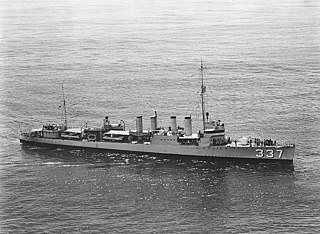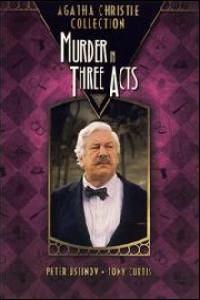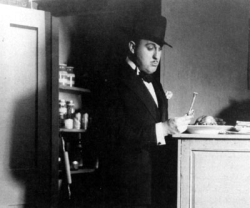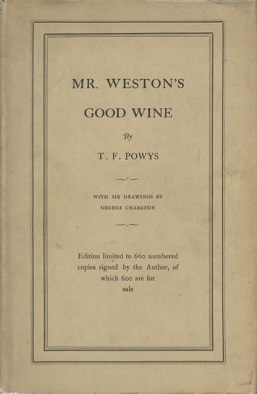
The Swallows and Amazons series is a series of twelve children's adventure novels by English author Arthur Ransome. Set in the interwar period, the novels involve group adventures by children, mainly in the school holidays and mainly in England. They revolve around outdoor activities, especially sailing. Literary critic Peter Hunt believes it "changed British literature, affected a whole generation's view of holidays, helped to create the national image of the English Lake District and added Arthur Ransome's name to the select list of classic British children's authors." The series remains popular and inspires visits to the Lake District and Norfolk Broads, where many of the books are set.
Peter Tinniswood was an English radio and TV comedy scriptwriter, and author of a series of popular novels. He was born in Liverpool, but grew up above a dry cleaner's on Eastway in Sale, Cheshire.
The Carnegie Medal for Illustration is a British literary award that annually recognises "distinguished illustration in a book for children". It is conferred upon the illustrator by the Chartered Institute of Library and Information Professionals (CILIP) which inherited it from the Library Association. CILIP is currently partnered with the audio technology company Yoto in connection with the award.
Philip William Turner was an English writer best known for his children's books set in the fictional town of Darnley Mills (1964–1977). Under the pen name Stephen Chance he is known for the Reverend Septimus Treloar mystery fiction series (1971–1979).

USS Zane (DD-337/DMS-14/AG-109) was a Clemson-class destroyer in the United States Navy following World War I. She was named for Randolph Zane.

Great Northern? is the twelfth and final completed book of Arthur Ransome's Swallows and Amazons series of children's books. It was published in 1947. In this book, the three families of major characters in the series, the Swallows, the Amazons and the Ds, are all reunited in a book for the first time since Pigeon Post. This book is set in the Outer Hebrides and the two familiar Ransome themes of sailing and ornithology come to the fore.

Murgatroyd is a surname among the English nobility, originating in Yorkshire. Its etymology, according to one source, is as follows: in 1371, a constable was appointed for the district of Warley in Yorkshire. He adopted the name of Johanus de Morgateroyde, or literally: Johanus of Moor Gate Royde or 'the district leading to the moor'. Another source says the place name means Margaret's road. In Old Norse, royd means "clearing". Although Moorgate in London was a gate with the road to the moor passing through, in Yorkshire, gate means "street", so Moor Gate Royd would be 'a clearing in the forest on the road to the moor'.

Agatha Christie's Marple is a British ITV television programme loosely based on the books and short stories by British crime novelist Agatha Christie. The title character was played by Geraldine McEwan from the first to the third series, until her retirement from the role, and by Julia McKenzie from the fourth series onwards. Unlike the counterpart TV series Agatha Christie's Poirot, the show took many liberties with Christie’s works, most notably adding Miss Marple’s character to the adaptations of novels in which she never appeared. Following the conclusion of the sixth series, the BBC acquired the rights for the production of Agatha Christie adaptations, suggesting that ITV would be unable to make a seventh series of Marple.

The Hound of the Baskervilles is a 1978 British comedy film spoofing the 1902 novel The Hound of the Baskervilles by Sir Arthur Conan Doyle. It starred Peter Cook as Sherlock Holmes and Dudley Moore as Dr. Watson. A number of other well-known British comedy actors appeared in the film including Terry-Thomas, Kenneth Williams and Denholm Elliott.
Marion Catherine "Kitty" Barne was a British screenwriter and author of children's books, especially on music and musical themes. She won the 1940 Carnegie Medal for British children's books.

Nordy Bank is a children's adventure novel by Sheena Porter, published by Oxford in 1964 with illustrations by Annette Macarthur-Onslow. Set in the hills of Shropshire, it features children whose camping holiday seems to engage the prehistoric past. Porter won the annual Carnegie Medal for excellence in British children's literature.

Ivor Barnard was an English stage, radio and film actor. He was an original member of the Birmingham Repertory Theatre, where he was a notable Shylock and Caliban. He was the original Water Rat in the first London production of A. A. Milne's "Toad of Toad Hall". In 1929 he appeared on stage as Blanquet, in "Bird in Hand" at the Morosco Theatre in New York, after a successful run in London's West End. The part had been specially written for him by John Drinkwater.

Murder in Three Acts is a 1986 British-American made-for-television mystery film produced by Warner Bros. Television, featuring Peter Ustinov as Agatha Christie's Belgian detective Hercule Poirot. Directed by Gary Nelson, it co-starred Jonathan Cecil as Hastings, Tony Curtis, and Emma Samms.

Collected Stories for Children is a collection of 17 fantasy stories or original fairy tales by Walter de la Mare, first published by Faber in 1947 with illustrations by Irene Hawkins. De la Mare won the annual Carnegie Medal recognising the year's best children's book by a British subject. It was the first collection to win the award and the first time that previously published material had been considered.

Garry Marsh was an English stage and film actor.
Francis Baker was a British writer of novels and short stories, mainly on fantastic or supernatural themes. He was also an actor, musician and television scriptwriter. His best-known works are his novels, The Birds (1936) and Miss Hargreaves (1940), and his memoir, I Follow But Myself (1968).

Conflict of Wings is a 1954 British comedy drama film directed by John Eldridge and starring John Gregson, Muriel Pavlow and Kieron Moore. The film is based on a novel of the same title by Don Sharp who later became a noted director. Villagers in Norfolk rally to prevent the RAF from attempting to use an island for target practice.

Mr. Weston's Good Wine is a novel by T. F. Powys, first published in 1927.
In Agatha Christie's mystery novels, several characters cross over different sagas, creating a fictional universe in which most of her stories are set. This article has one table to summarize the novels with characters who occur in other Christie novels; the table is titled Crossovers by Christie. There is brief mention of characters crossing over in adaptations of the novels. Her publications, both novels and short stories, are then listed by main detective, in order of publication. Some stories or novels authorised by the estate of Agatha Christie, using the characters she created, and written long after Agatha Christie died, are included in the lists.

The Battle of Canton was fought between British and Chinese forces at the city of Canton (Guangzhou), Guangdong province, China on 23 October to 5 November 1856 during the Second Opium War.














